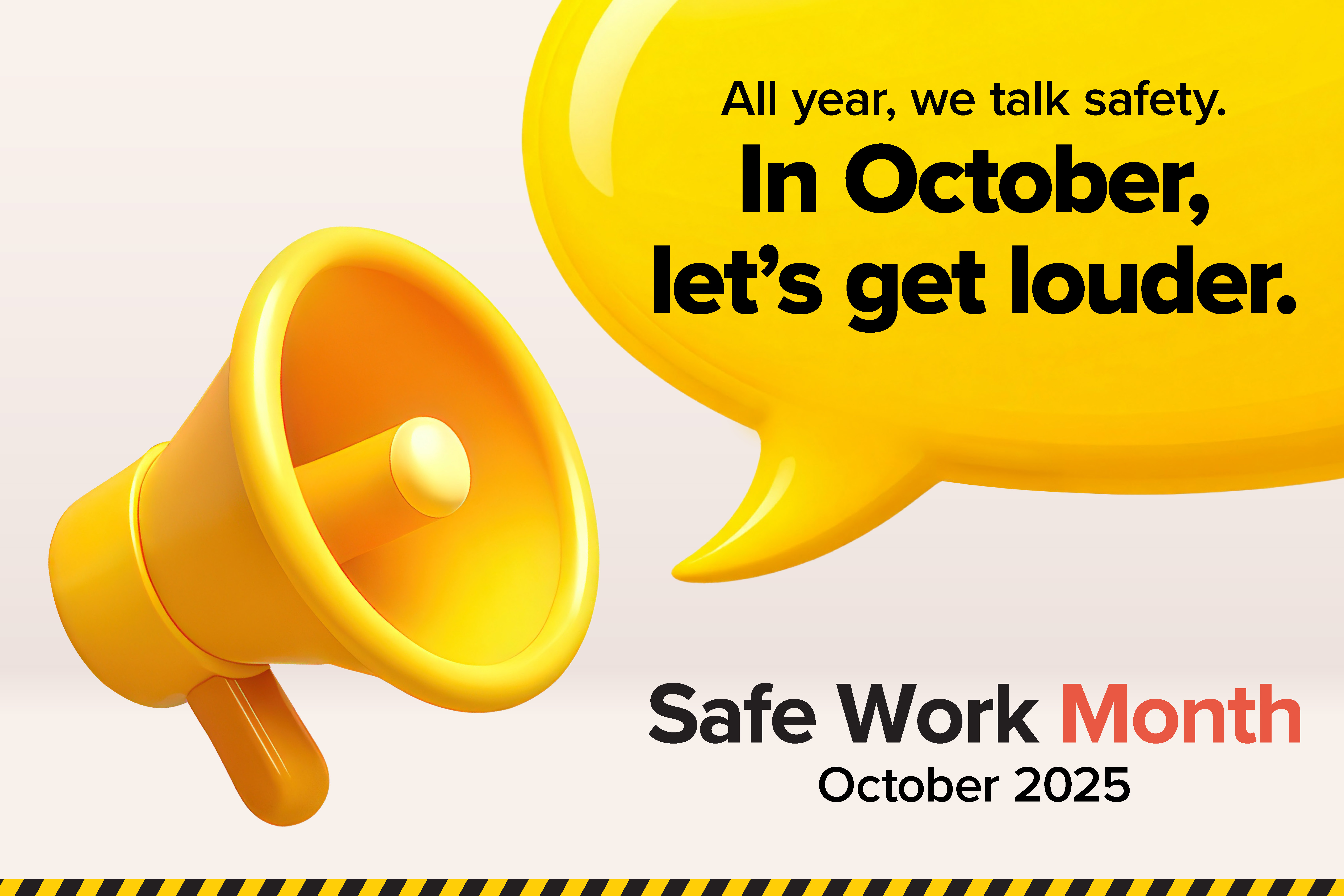Consulting with workers: PAGEO
Consultation is a collaborative process between operators of petroleum and geothermal energy facilities and their workers. It involves sharing information and ensuring that views of workers are taken into account when making decisions.
The Work Health and Safety (Petroleum and Geothermal Energy Operations) Regulations (WHS PAGEO Regulations) requires operators to involve workers by consulting:


